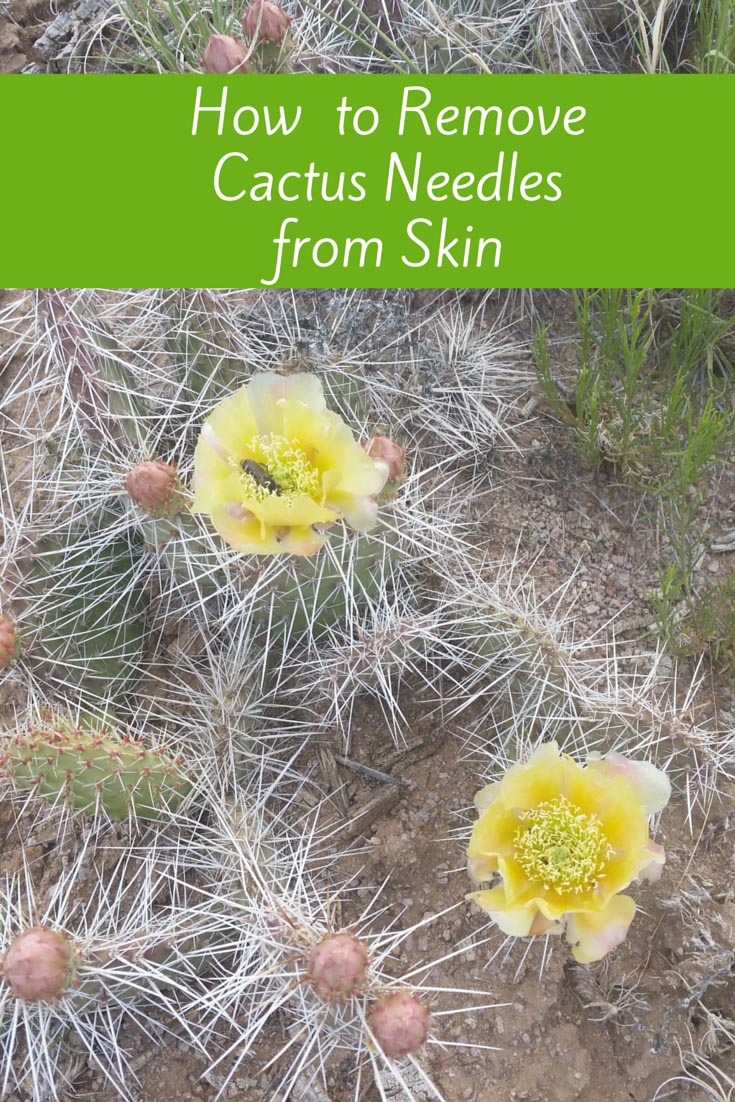Cacti are fascinating succulent plants that have captivated many with their unique morphology, robust resilience, and striking appearance. However, their beauty is often accompanied by the hidden peril of their spines and needles. When these small, sharp structures become lodged beneath the skin, they can cause discomfort and may lead to complications if not addressed properly. The following guide offers a comprehensive overview of how to safely remove cactus needles from your skin while minimizing potential risks and ensuring effective recovery.
Before delving into removal techniques, it is vital to comprehend the anatomy of cactus spines. Unlike ordinary thorns, cactus needles (or glochids, in some cases) are specialized structures that can break off easily when touched. While larger spines can often be seen readily, glochids are more insidious. These tiny barbed spines may become embedded in the skin, eluding immediate detection and creating irritation far beyond the original encounter.
The Initial Steps: Assessing the Situation
Upon realizing that you have cactus needles embedded beneath your skin, the first step is to assess the extent of the issue. Look for the following signs:
- Localized redness or swelling.
- Pain or a prickling sensation at the site.
- Presence of small black dots where the needles have penetrated.
It is crucial to handle the situation immediately. Delay in addressing the issue can lead to infections or prolonged discomfort due to inflammation caused by the foreign objects. Understanding the characteristics of the needles you’re dealing with—whether long, stiff spines, or short, hair-like glochids—will aid in choosing the removal method.
Preparation: Gather Your Tools
Before attempting removal, ensure you have all necessary tools on hand. This includes:
- Clean tweezers or needle-nose pliers for larger spines.
- A pair of fine-point tweezers or needle for smaller glochids.
- Isopropyl alcohol for disinfecting tools.
- Adhesive tape or duct tape for capturing stubborn glochids.
- A magnifying glass to improve visibility if needed.
- Antiseptic ointment and bandages.
Proper hygiene is essential. Start by washing your hands thoroughly with soap and water. Clean your tools with isopropyl alcohol to prevent any contaminants from exacerbating the situation.
The Removal Process: Techniques for Success
Once you’ve prepared, it is time to begin the removal process. This segment outlines effective techniques depending on the type of needles present.
For Long Spines
1. Grasp the spine firmly at its base using your tweezers. Ensure you have a good grip to prevent the spine from breaking.
2. Pull the spine out in the direction it entered, applying steady pressure. With the right technique, this should remove the spine entirely without fragmentation.
3. After removal, apply antiseptic ointment to the area to stave off potential infections and cover it with a bandage if necessary.
For Glochids
Glochids present a more challenging scenario due to their minute size and ability to break off easily. Here’s how to deal with them:
1. Rather than pulling them out directly, consider applying a strip of duct tape or adhesive tape over the affected area. Press down gently to ensure good adhesion.
2. Pull the tape off swiftly. This motion can help dislodge and lift out many of the glochids without causing significant irritation.
3. If some glochids still remain, repeat the tape method until the area feels free of discomfort.
4. Following the removal, cleanse the area and apply antiseptic as previously discussed.
Managing Aftercare: Ensuring Proper Healing
Once cactus needles have been removed, it is essential to monitor the area for any signs of infection or inflammation. The healing process may vary depending on the depth of needle penetration and individual skin sensitivity.
To promote proper healing:
- Keep the area clean and dry.
- Avoid picking at scabs or blemishes in the healing skin.
- Refrain from exposing the area to harsh conditions such as excessive sunlight or irritants.
Consulting a healthcare professional is advisable if symptoms of infection—such as pus, increased redness, or fever—develop. In some cases, the treatment may require more than just at-home care.
Cactus needles, while a hallmark of these striking plants, can pose significant discomfort when they penetrate the skin. Although removal might seem daunting, following appropriate techniques ensures safe extraction and effective recovery. Embracing the intriguing beauty of cacti entails understanding the perils they may harbor and handling such situations with composure and care.





Leave a Comment